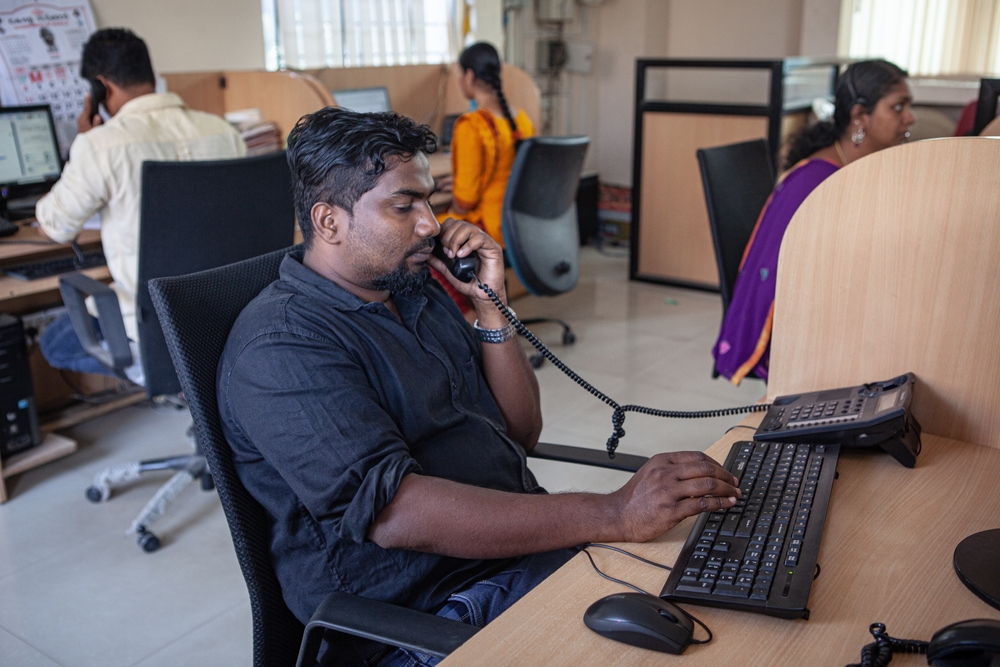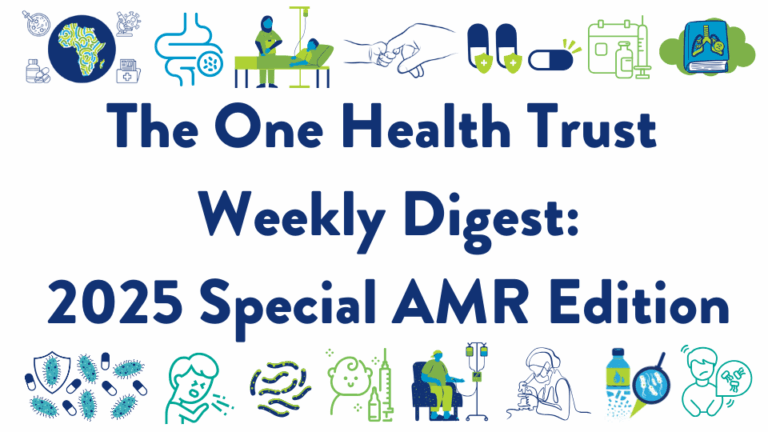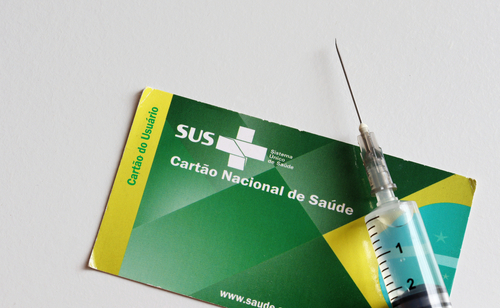July 03, 2023

Malnutrition contributes to mortality from drug-resistant infections.
In a guest post on the One Health Trust blog, George Gitau of Students Against Superbugs Africa discusses how poor nutrition can delay and weaken the immune response to infections, and thus increase the need for antimicrobial use and the risk of developing antimicrobial resistance (AMR). He recounts a story of a pediatric patient who was admitted with a combination of pneumonia and severe malnutrition. Antibiotics proved ineffective against the patient’s infection and his condition deteriorated, leading to his tragic death. [One Health Trust]
WHO’s research agenda on AMR introduces 40 key research topics
The World Health Organization published “The global research agenda for antimicrobial resistance in human health,” which outlines 40 topics for evidence generation to support AMR policy development – especially relating to drug-resistant bacterial and fungal infections – by 2030. With a focus on WHO priority pathogens, including Klebsiella species, Escherichia coli, and Aspergillus fumigatus, the policy brief aims to encourage innovators and scientists to create improved diagnostic technologies, treatment regimens, and data collection and analysis methods. [WHO]
Including marginalized communities is critical to the global AMR response.
The inclusion of marginalized communities should be a key pillar of the global AMR response. People facing systemic exclusion often experience reduced access to healthcare and other deficits in critical social and health services. The rise of antimicrobial-resistant pathogens is often exacerbated among vulnerable populations due to overcrowding; lack of access to water, sanitation, and hygiene services (WASH); and insufficient awareness of AMR. Future revisions of national and global action plans against AMR must account for marginalized individuals’ increased risk of contracting and spreading resistance. [BMC Tropical Medicine and Health]
The role of WASH and high-quality healthcare in reducing preventable deaths
A new joint report from the WHO and UNICEF highlights that approximately eight million people die every year in 137 low- and middle-income countries (LMICs) from poor healthcare – losses that could be prevented by the provision of sufficient WASH, waste, and electricity services. Interventions including handwashing and sanitation stations, functioning toilets, and on-site water supply can help enhance health services and mitigate preventable fatalities. The average cost of basic WASH services is US$0.60 per person each year in low-income countries, amounting to six percent of current annual government health spending in those countries. With significant implications for maternal and newborn health in LMICs, WASH, waste, and electricity services need investment and attention from stakeholders and national governments to reduce preventable mortalities. [WHO]
The US FDA’s 2015 guidance on veterinary antimicrobial use was shown to be ineffective at mitigating AMR.
Researchers compared the phenotypic and genotypic resistance patterns among enteric pathogens before and after the 2015 implementation of the United States Food and Drug Administration (US FDA) guidance on antibiotic use in food animals to assess its effect on AMR in the food chain. While most of the antimicrobials analyzed at a phenotypic level had a downward trend in the minimum drug concentration needed to inhibit bacterial growth, or minimum inhibitory concentration (MIC), these changes were mostly less than one-fold. However, phenotypic resistance analysis revealed greater changes pre- and post-implementation compared to MIC results. The presence of AMR genes was unchanged after the publication of the FDA guidelines. Overall, the findings demonstrate that the FDA regulations have not resulted in a significant reduction in AMR in food animals in the US. [One Health]
Guidelines for creating context-specific WASH protocols for National Cholera Plans
Cholera, a highly transmissible and potentially deadly diarrheal disease caused by the bacterium Vibrio cholerae, is estimated to affect 2.9 million people and kill 95,000 people globally every year. V. cholerae bacterium is transmitted via the fecal-oral route so water, sanitation, and hygiene (WASH) interventions are critical to prevent and control outbreaks. A working group convened to develop guidelines for the creation of tailored national cholera plans (NCPs) because intervention effectiveness and efficacy are highly dependent on country and situational contexts. The guidelines instruct governments to define the plan’s objective (control, prevention, or elimination); define the country and situation, including existing WASH infrastructure, population habits, and available funding; and monitor activities and results. [PLOS Water]
Household interventions against Aedes spp. mosquitoes should be implemented to reduce dengue risk.
Dengue, an arboviral disease transmitted by Aedes spp. mosquitoes, is endemic to Asia and South America but is now gaining a foothold in parts of Africa and the Middle East. Dengue represents a global disease burden of nearly 400 million infections and an economic cost of US$8-9 billion annually. Household-level interventions and instruction on individual risk-reduction behavior should be included in larger vector control measures in order to decrease the prevalence of dengue. Interventions targeting the aquatic stages of the mosquito life cycle have greater impact at the household level and are improved by intervention simplicity, accessibility, and affordability, as well as public health advocacy and community acceptance. [eBioMedicine]
Better management of free-ranging domestic cats is needed to mitigate toxoplasmosis spread.
Toxoplasma gondii is an ubiquitous zoonotic parasite that can cause mild-to-serious disease in humans. The primary host for T. gondii is domestic cats and wild felids who shed the oocysts in their feces, thus exposing other warm-blooded vertebrates through environmental contamination. A systematic review and meta-analysis determined that increased human population density and temperature fluctuations can exacerbate environmental contamination and elevate the risk of parasitic infection. High human population density creates beneficial habitats for free-ranging cats and attracts larger numbers of prey animals such as rodents and birds. Free-ranging domestic cats should be the focus of management efforts to reduce the risk of toxoplasmosis infection and socioeconomic status should be considered as a risk factor for disease exposure and burden. [PLOS One]
Migrants should be screened for MDROs based on infection risks rather than their country of origin.
Many LMICs bear a high burden of multidrug-resistant organisms (MDROs) due to poor regulation of antimicrobial use, meager surveillance, insufficient sanitation, and conflict conditions. Migration across international borders raises concerns about the global spread of dangerous pathogens; however, the greatest threat is not to the health security of receiving countries, but rather to the MDRO carriers themselves. MDRO screening should be implemented based on an individual’s vulnerability to infection, for example as a result of surgery, organ or stem cell transplant, chemotherapy, radiotherapy, childbirth, and more. This protocol differs from current screening based on an individual’s migrant or refugee status and country of origin, which can be divisive, stigmatizing, and expensive. [International Journal of Infectious Diseases]
Image from Canva











